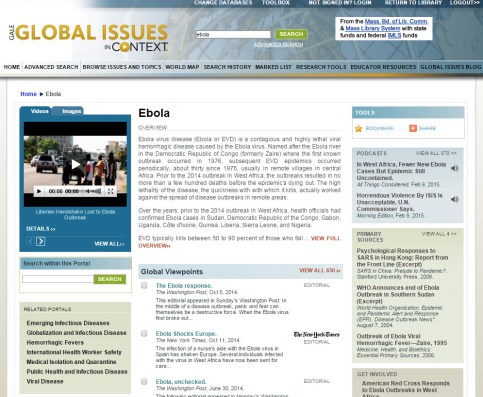Organizations that are family owned or private are typically hard to gather information on. PrivCo serves up private company metrics which would formerly have taken hours to accumulate. It taps multiple reference sources, articles, and industry info.
PrivCo connects the user to company directory information, financial data on private companies, and investors involved in private company activity.
Who can use it? Who benefits?
Eligible users include Bentley students, faculty, staff, community users. Beneficiaries are most likely participants in GB 320 who are assigned company research, and any future venture capitalists who will appreciate the due diligence that can be performed with this e-resource.
What’s inside?
Private company profiles and deals about them, laid out in tables. Find:
- description and history of a business
- known investors (for example, Uber Technologies’ largest stakeholder is Fidelity with 2.5 %)
- revenue model
- competitors
- court documents
Why use it?
- Merger and acquisition information
- Venture Capital activity
- Private Equity deals
- Pre-search for an internship
- General private company searching
Sample search for venture capital information:
Imagine an entrepreneur seeking new sources for his next VC deal. He wants to identify companies and view activity within a specific geographic location (Massachusetts) and a certain dollar amount ($50K – $1M). He logs in to his PrivCo account and begins a search so he can analyze who has funded whom, for how much.
- In the screenshot below you’ll see the opening page to a PrivCo account. Note VC funding tab pointed out on left of the dashboard. Arrow on right displays log-in name within the profile (we recommend establishing a profile).
- Input parameters: for the venture capital transactions in question, he wants rounds in the range of $50,000 – $1M in Massachusetts in the last 5 years.
- There are 343 results for venture capitalist activity which meet the criteria of $50K-$1M, located in Massachusetts. The link labeled “deal details” is the heart of the search. See screen shot below.
- Within the “Deal Details” of the first result for Weave Visual Analytics, Inc., it says this company received $750,00 in funds from Breton Capital. Weave was in its 2nd year of business at the time of the transaction, June 2016.
Where does PrivCo get its material?
Company information is gleaned from public documents such as regulatory documents, court proceedings, reference materials, industry information, and articles in the news.
What sets it apart?
- Private company information with many links between companies reduces search time
- Profile data can be exported to an excel spreadsheet, or exported as a PDF
- Watchlists. I think this is PrivCo’s biggest contribution, an alert system which can connect to your email, for company activity
- Well organized and has an easy interface to learn
- Built with redundant navigation making it accessible to many learning styles

Click to view larger image.
Locating PrivCo
- Find PrivCo on the Databases A-Z list
- Company Profiles Library Research Guide
Well-developed Self-help
- PrivCo lets you export company profiles as an excel spreadsheet or PDF
- Rich dictionary of terms
- 85 page PDF of the entire Knowledge bank (FAQ’s) can be down loaded for further exploration
One last thing
Create a PrivCo profile and accumulate previous searches in one place; it will save time and allow a user to pick up an idea where they left off last. This makes research feel easy.
———————————————
Database of the Month provides a very brief introduction to a useful website or Library database, highlighting key features you should know about. If you would like more information about this free web resource (or any of the library’s databases), please contact us for research assistance. If you would like a demonstration of this resource for a class, please schedule a research instruction class using this form.












